We're keeping our eye on five key sectors whose current work with aerial robotics makes them ripe for disruption.
Even before we all started calculating "six feet of social distancing" in our heads, new industries were exploring the possibilities of using aerial robots and other drones for a variety of applications. Once hampered with the need for trained pilots or line-of-sight operations, the growth of artificial intelligence and true autonomy have untethered our android assistants.
With the ability to robots tasks -- like a Roomba in our living room -- the applications for safety, inspection, and mapping are astronomical. Now "dirty" industries that were mired with employee accidents and injuries, struggling to market job opportunities to a younger more tech-savvy generation, are looking to drones of all types to help protect employees and inform business decisions.
As we look to the future, we're keeping our eye on five key sectors whose current work with aerial robotics makes them ripe for disruption.
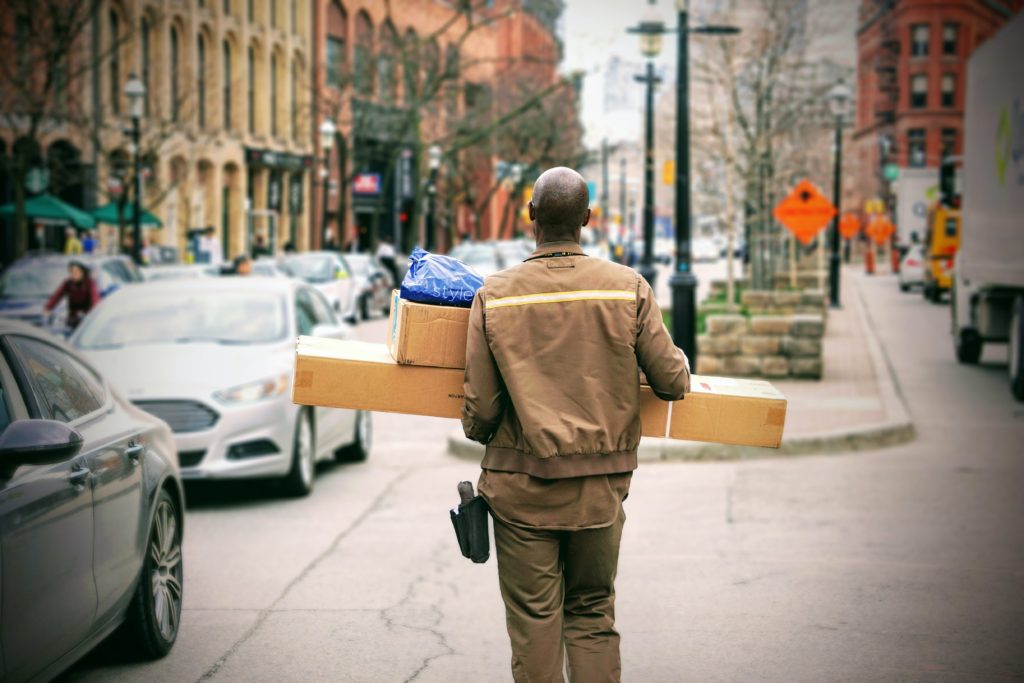
As governments around the world enforced stay-at-home measures and lockdowns to reduce the spread of COVID-19, our worldwide logistical networks are being stretched to their breaking points. In addition to meeting the sudden surge in demand, delivery services are now required to focus on minimizing human-to-human contact and sanitization at each step. This will likely motivate regulatory bodies like the FAA to sanction aerial robots for last-mile delivery and light a fire under business leaders to explore using drones to help maintain social distancing in the workplace.
The advent of COVID-19 has also generated a growing investment in sanitizing drones to clean hospitals and other public spaces. However, the technology still has some catching up to do and is impractical and prohibitively expensive in its current form. As the world continues to battle the pandemic solutions will arise, but they will likely only make an impact later this year at best.
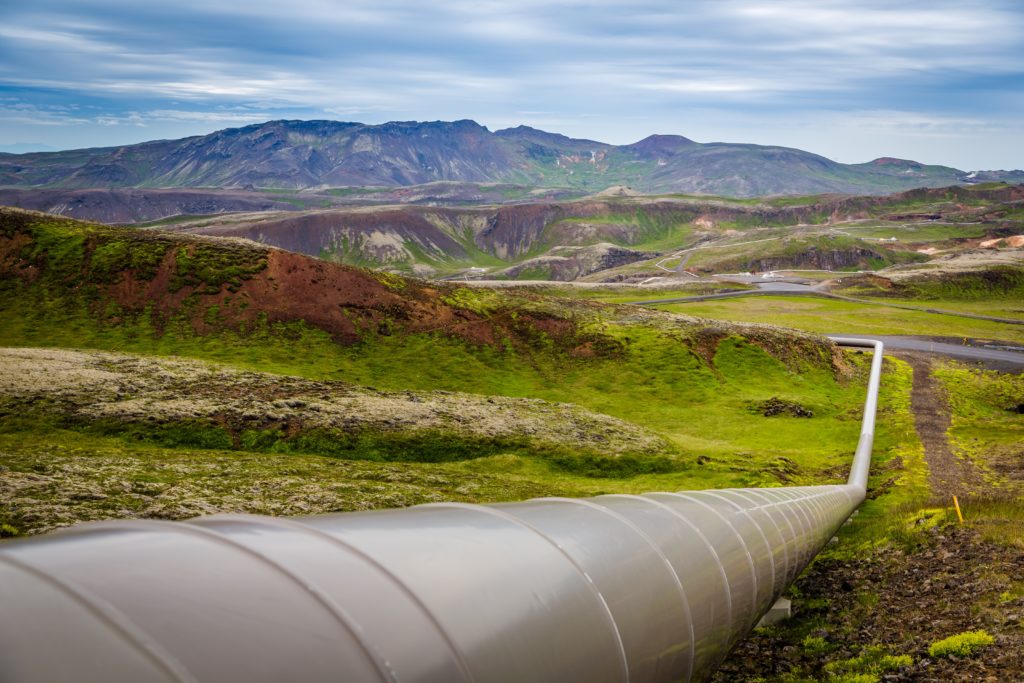
For energy companies operating miles of pipeline through topographically varied and sometimes politically charged terrains, keeping equipment properly inspected and running is a critical task with unique challenges. Pipelines, well-sites, and sub-pump inspections are done on a regular basis in order to identify and assess any defects or abnormalities immediately. And human operators are left on their own to maneuver unforgiving terrain to complete each inspection. Aerial robots are able to inspect large areas and assess equipment at a distance with greater efficiency and accuracy -- and in the future even perform any necessary repairs -- without risking human lives.
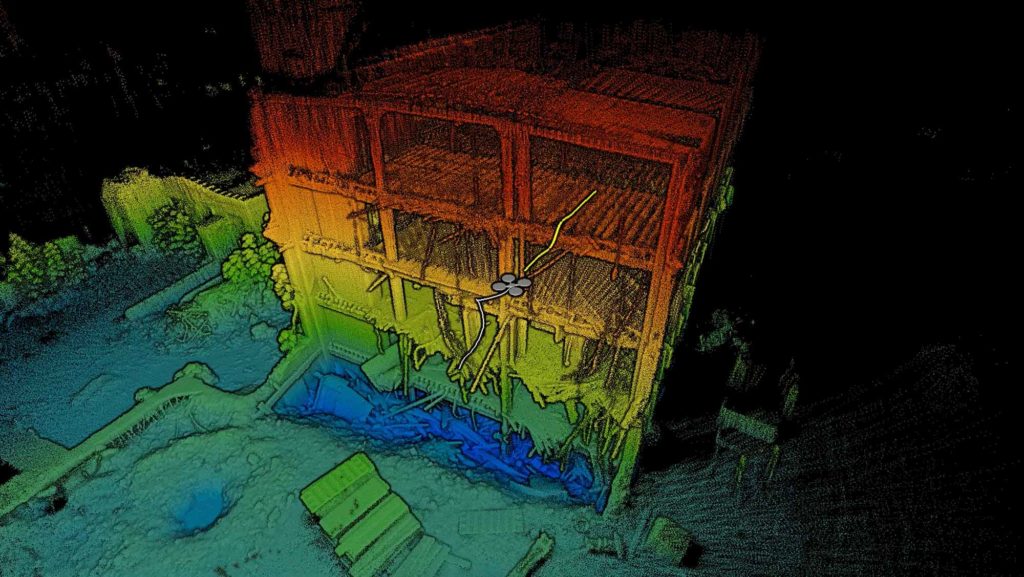
As construction projects continue to increase in complexity, ensuring they can stay within scope and according to plan will be critically important. Between inadequate planning, lack of communication, safety concerns, and delays due to error, it’s not uncommon for a project to go over time and budget, even with contingencies in place.
Aerial robots are now capable of mapping an entire structure, sharing detailed real-time plans to all relevant teams, and also running routine inspections autonomously to identify structural vulnerabilities.
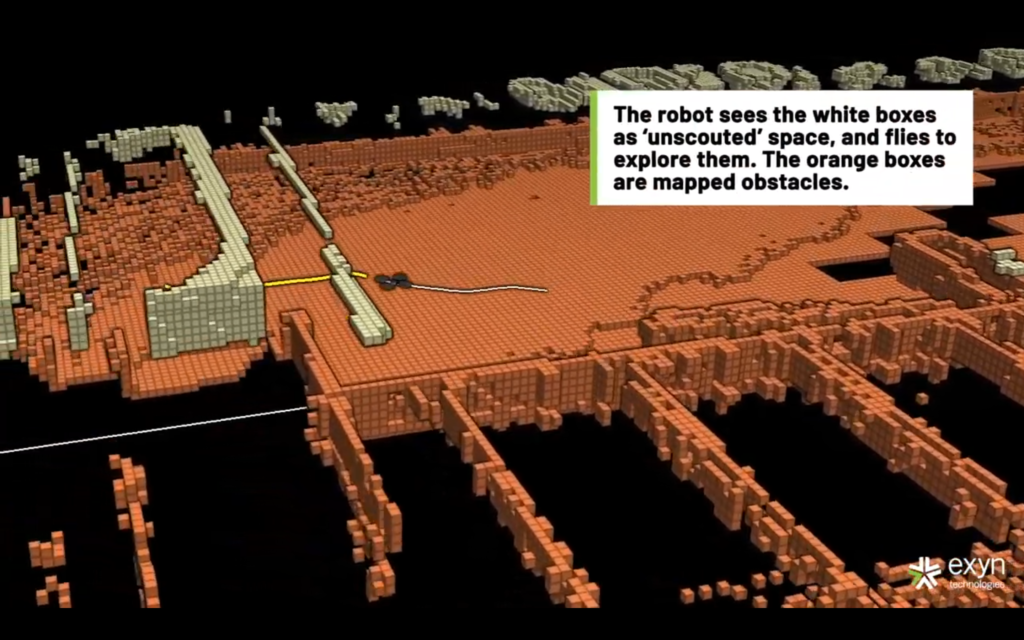
While aerial robots are obviously not new to the defense industry, capabilities like self-piloting, autonomous reconnaissance and collecting real-time data for situational awareness are game-changers for keeping soldiers and civilians safe. Not just for offensive and weaponized use, aerial robots can enhance military intelligence, surveillance, and reconnaissance by mapping terrain, tangible structures, and locations of enemy forces and equipment. By assigning robots to high-risk missions, military forces can save the lives of soldiers and civilians alike while reducing operational costs and risk.
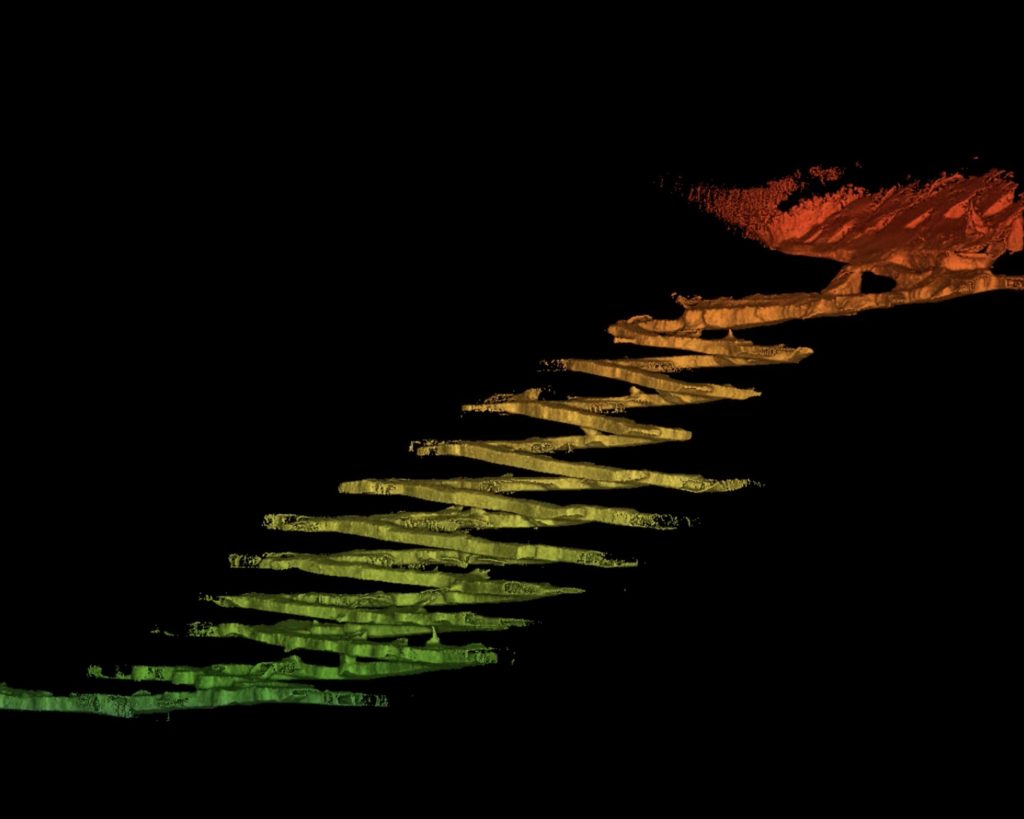
Commercial mining has long been perceived as having dangerous operations that regularly put human lives at risk; however, recent advances in aerial cavity monitoring now allow miners to map stopes efficiently and accurately, keeping them a safe distance from the stope and for shorter stints underground. Additionally, the data captured gives a more complete view of the cavity because the robots can fly in areas that humans can't access, giving decision-makers unprecedented insight into their operations.
The growth of artificial intelligence, biological robotics, and true autonomy will be disrupting industries all over the world. What we're seeing now is just the beginning. But we're excited to our robots joining others to keep workers safe, and our economy moving.